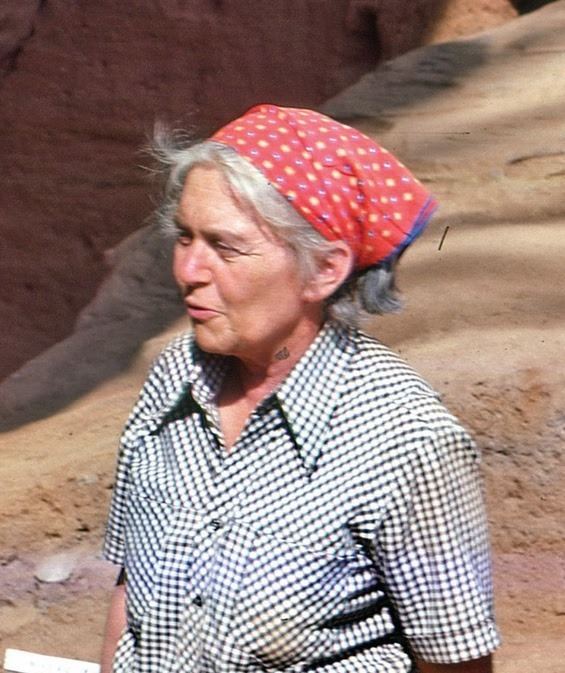Name Annette Laming-Emperaire | ||
 | ||
Books Lascaux: Paintings and Engravings, The Lascaux Cave Paintings | ||
Peter A Brandt-Arte e Ciencia em Lagoa Santa, século XIX
Annette Laming-Emperaire (22 October 1917 – May 1977) was a French archeologist.
Born in Petrograd, Annette Laming studied philosophy in Paris until World War II began. She then turned to teaching while participating in the French Resistance. After the war, she studied archeology and specialized in cave art; her doctoral thesis, done under the supervision of André Leroi-Gourhan, La Signification de l’art rupestre paléolithique (published in 1962),
dismissed the various, too creative theories of its predecessors, and, with them, any residual nineteenth-century prejudice or romance about the "primitive" mind. Laming-Emperaire's structuralist methodology is still in use, much facilitated by computer science. It involves compiling minutely detailed inventories and diagrams of the way that species are grouped on the cave walls; of their gender, frequency, and position; and of their relation to the signs and handprints that often appear close to them.
She married a fellow archeologist, Joseph Emperaire, a student of Paul Rivet, who believed humans had come to South America from South Asia before reaching North America, and they began digging, looking for signs of early human occupation, in Brazil, Argentina, and Chile, where Joseph died when the wall of an excavation fell in on him. In the early 1970s she returned to Brazil and selected six sites in the Lagoa Santa area, where the Danish paleontologist Peter Wilhelm Lund had dug a century earlier. She found a rock shelter at site IV where in 1974-1975 she discovered most of the fat bones of what was named Lapa Vermelha IV hominid 1, the oldest human fossil in Brazil, around 11 thousand years old. The skull was given the nickname Luzia. "Shortly after that, Annette Laming-Emperaire too died tragically. She went on a vacation in 1976 to the Brazilian state of Paraná, and was asphyxiated in her shower by a defective gas heating element." After her death, work at the site ceased until her assistant Andre Prous (who became a professor at UFMG) returned to Lapa Vermelha IV in 1979 to take over the project.
A memorial by a colleague called her "un des esprits les plus riches et les plus féconds de la recherche préhistorique française" ['one of the richest and most fertile spirits of French prehistoric research'].
